Moscow’s top attractions are not just stunning landmarks; they are living chapters of Russia’s past, from medieval fortresses to Soviet legacies. With the Moscow Pass, exploring these historic sites becomes effortless, offering fast-track entry, guided tours, and transport perks to venues like the Kremlin, Saint Basil’s Cathedral, and the Bolshoi Theatre. This guide delves into the rich history of Moscow’s iconic sites in 2025, enhanced by the Moscow Pass, providing context and practical tips for a journey through the city’s cultural and political heritage.
Why Moscow’s Attractions Are Historical Treasures
Moscow’s top attractions embody centuries of triumphs, revolutions, and artistic brilliance. The Kremlin has been the seat of power since the 12th century, while Red Square has hosted everything from tsarist coronations to Soviet parades. The Moscow Pass enhances your exploration with access to over 40 sites, discounts on expert-led tours, and hop-on-hop-off bus rides to connect them seamlessly.
The pass’s digital guide provides historical insights, making it easier to appreciate each site’s significance. Since Moscow’s history is layered and complex, the pass ensures you experience its landmarks efficiently, whether you’re a history enthusiast or a curious traveler.
The Kremlin: Russia’s Powerhouse
The Kremlin, a fortified complex at Moscow’s heart, is among Moscow’s top attractions, with a history dating back to 1156. Originally a wooden fortress, it became the residence of tsars and the Orthodox Church under Ivan III in the 15th century. Its red-brick walls, built in 1485, and golden-domed cathedrals, like the Assumption Cathedral, reflect Muscovite ambition. The 20th century saw it as the Soviet government’s seat, hosting figures like Lenin and Stalin.
The Moscow Pass offers fast-track entry to the Kremlin and its Armory Chamber, housing treasures like Fabergé eggs. Guided tours, discounted with the pass, reveal stories like the Tsar Bell’s never-rung fate. Because the Kremlin is vast, allocate 3-4 hours to absorb its historical weight.
Kremlin Exploration Tips
Visit early to use fast-track entry and avoid crowds. Book Armory tickets in advance via the pass’s app, as slots are limited. Focus on Cathedral Square’s frescoes and the Ivan the Great Bell Tower’s views. Since the Kremlin closes for state events, check schedules in the pass’s guide.
Red Square: Moscow’s Historic Stage
Red Square, adjacent to the Kremlin, is one of Moscow’s top attractions, serving as the city’s ceremonial and political core since the 13th century. It hosted tsarist executions, markets, and later Soviet military parades, including the iconic 1945 Victory Day march. Landmarks like Lenin’s Mausoleum, built in 1930, and the GUM department store, a 19th-century trading hub, anchor its history.
The Moscow Pass provides access to nearby sites like Saint Basil’s and discounts on Red Square walking tours, which detail its evolution. Because the square is free to enter, the pass maximizes your budget for guided experiences.
Red Square History Tips
Explore at dawn for quiet moments and clear photos of Lenin’s Mausoleum. Join a pass-discounted tour to learn about events like the 1612 liberation from Polish invaders. Use the pass’s hop-on-hop-off bus to arrive from distant hotels. Since Red Square hosts festivals, check 2025 events in the pass’s guide.
Saint Basil’s Cathedral: A 16th-Century Marvel
Saint Basil’s Cathedral, completed in 1561, is a vibrant symbol of Moscow’s top attractions, built to celebrate Ivan the Terrible’s capture of Kazan. Its nine colorful domes, each representing a chapel, blend Byzantine and Russian styles, creating a unique silhouette. The interior’s frescoes and narrow staircases evoke medieval devotion.
The Moscow Pass covers entry to Saint Basil’s, with fast-track access to bypass lines. Its guide offers context on myths, like the legend Ivan blinded the architect to prevent replication. Because the cathedral is a functioning church, the pass reminds you to dress modestly.
Visiting Saint Basil’s
Visit midweek for fewer crowds, and use fast-track entry for quick access. Focus on the central chapel’s iconostasis for historical detail. Photography is limited inside, so linger to absorb the frescoes. Since the cathedral is compact, pair it with Red Square in a half-day itinerary.
The Bolshoi Theatre: Cultural Legacy
The Bolshoi Theatre, opened in 1825, is one of Moscow’s top attractions, synonymous with Russian ballet and opera. Rebuilt after an 1853 fire, its neoclassical façade and opulent auditorium reflect imperial grandeur. It premiered works like Tchaikovsky’s Lago dos Cisnes and hosted Soviet-era performances that shaped global arts.
The Moscow Pass includes guided tours of the Bolshoi, revealing backstage history, like the 2011 restoration that revived its acoustics. Because tours are popular, book early via the pass’s app to secure a spot.
Bolshoi History Insights
Join a morning tour for quieter access, and note stories of the Bolshoi’s role in Soviet propaganda. Photograph the façade’s bronze quadriga, permitted outside. Use pass discounts at nearby cafes for a post-tour break. Since the Bolshoi is central, combine with the State Historical Museum.
Tretyakov Gallery: Art Through the Ages
The Tretyakov Gallery, founded in 1856 by Pavel Tretyakov, is a cultural gem among Moscow’s top attractions, chronicling Russian art from 11th-century icons to Soviet realism. Its collection, including Rublev’s Trinity and Shishkin’s landscapes, reflects Russia’s spiritual and social evolution. The New Tretyakov on Krymsky Val covers 20th-century shifts, like Malevich’s abstract works.
The Moscow Pass offers fast-track entry and workshop discounts, enhancing your historical dive. Because the gallery spans two sites, the pass’s Troika card simplifies metro travel between them.
Tretyakov Exploration Tips
Visit the main gallery first for medieval icons, using fast-track entry to save time. Check 2025 exhibition schedules in the pass’s guide for temporary Soviet art shows. Use the pass’s metro access to reach the New Tretyakov efficiently. Since the collection is vast, prioritize key works like Repin’s Ivan, o Terrível.
Kolomenskoye: Tsarist Retreat
Kolomenskoye Museum-Reserve, a 14th-century tsarist estate, is one of Moscow’s top attractions, showcasing Russia’s pre-Petrine era. The Ascension Church (1532), a UNESCO site, pioneered stone tent-roof architecture, while the Wooden Palace, reconstructed in 2010, recreates Alexei Mikhailovich’s opulence. It served as a royal summer retreat until Peter the Great’s reforms.
The Moscow Pass covers Kolomenskoye entry and workshop discounts, like icon painting, reachable via Kashirskaya metro station. Because it’s less crowded, it offers a serene historical escape.
Kolomenskoye History Tips
Visit in autumn for scenic grounds, and explore the Ascension Church’s frescoes. Book workshops via the pass’s app for cultural insights. Use pass discounts at Kolomenskoye’s cafe. Since it’s a 30-minute metro ride, plan a half-day visit.
Zaryadye Park: Modern History in the Making
Zaryadye Park, opened in 2017, represents Moscow’s contemporary history among its top attractions. Designed by Diller Scofidio + Renfro, its “floating bridge” and eco-pavilions symbolize Russia’s push for global innovation. The Media Center’s exhibits trace Moscow’s urban evolution, from tsarist to Soviet to modern times.
The Moscow Pass includes Media Center entry, with discounts on VR experiences, accessible via the pass’s hop-on-hop-off bus. Because Zaryadye is central, it’s a quick historical stop.
Zaryadye History Insights
Visit the Media Center for interactive exhibits on Moscow’s 1940s reconstruction. Shoot bridge photos at sunset for modern historical context. Use the pass’s guide for pavilion schedules. Since Zaryadye is near Red Square, combine them in a day.
Practical Tips for Historical Exploration
To uncover the history of Moscow’s top attractions, use the Moscow Pass strategically. Purchase it online and use the digital guide to plan routes, prioritizing fast-track entry at the Kremlin and Tretyakov. Book tours early via the pass’s app for in-depth historical context, especially at the Bolshoi.
Bring a camera for exterior shots, but respect indoor photography bans at sites like Saint Basil’s. Use the pass’s Troika card or hop-on-hop-off bus to navigate efficiently, and check 2025 event calendars for historical reenactments. Dress modestly for religious sites, and carry your passport for ticket checks.
Conclusion: Step Into Moscow’s Past
Moscow’s top attractions, from the Kremlin’s ancient walls to Zaryadye’s modern vision, weave a vivid historical narrative. The Moscow Pass makes this journey accessible with fast-track access, guided tours, and transport ease, ensuring you delve deep into Russia’s past. Whether marveling at Saint Basil’s domes or tracing Soviet art at the Tretyakov, your 2025 adventure will be unforgettable. Secure your Moscow Pass and explore the stories behind Moscow’s iconic landmarks.

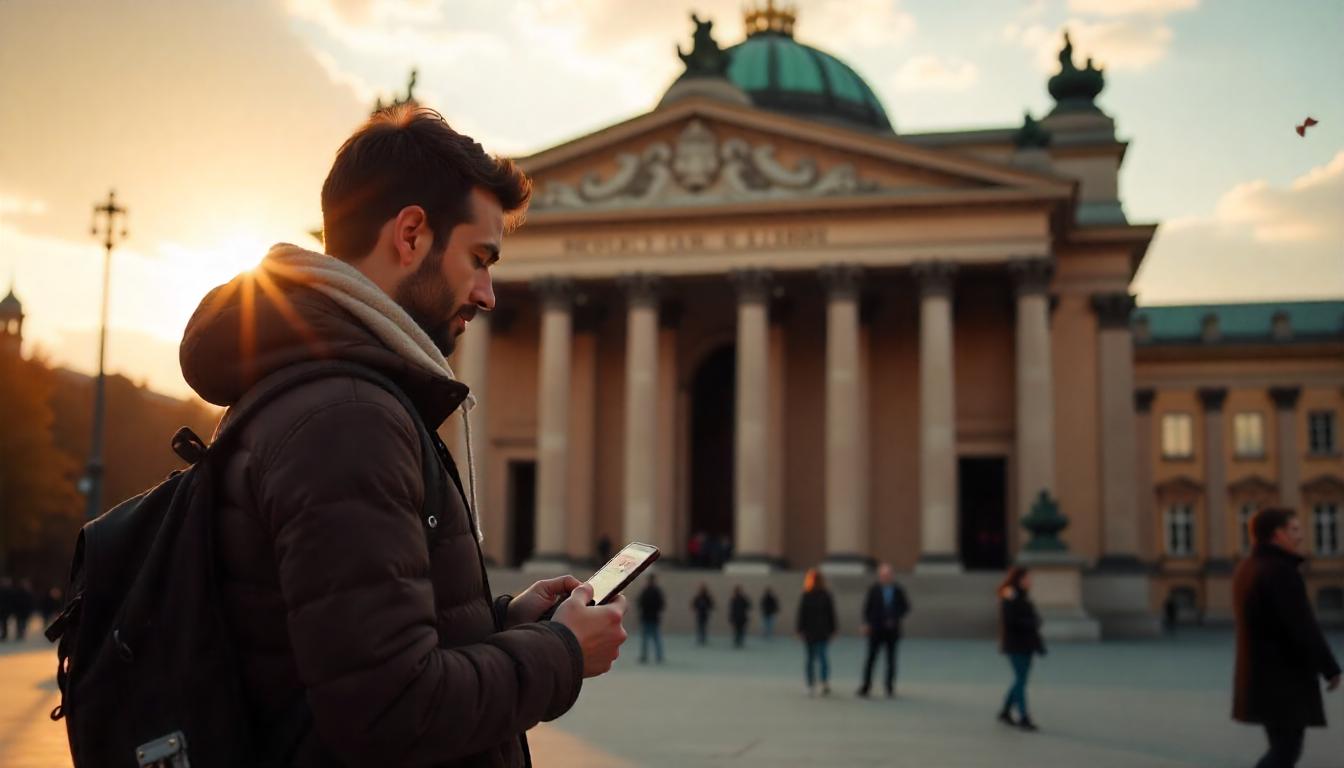 The History Behind Moscow’s Top Attractions">
The History Behind Moscow’s Top Attractions">

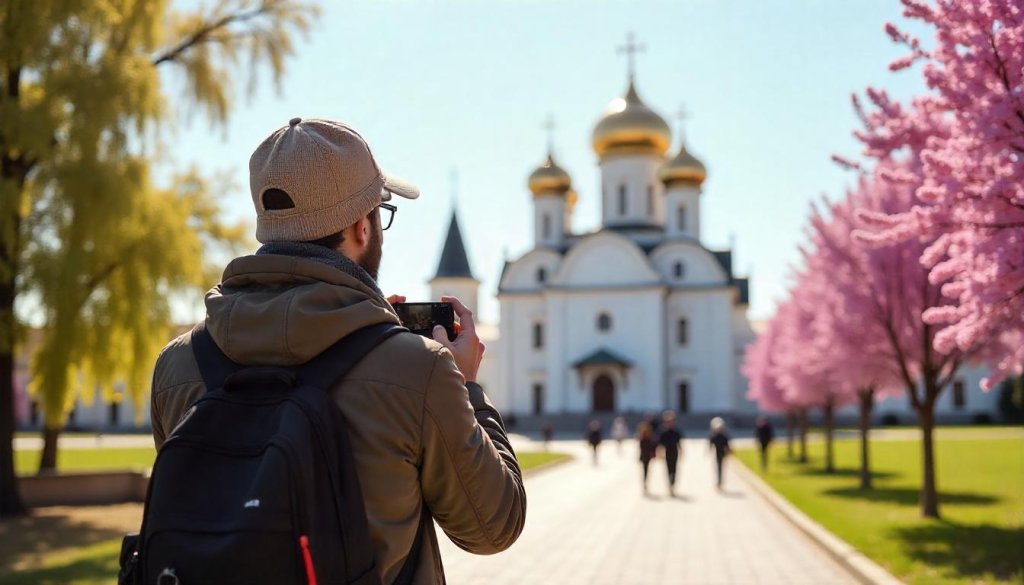 Excursões de um dia a partir de Moscovo: Excursões fora da cidade em 2025">
Excursões de um dia a partir de Moscovo: Excursões fora da cidade em 2025">
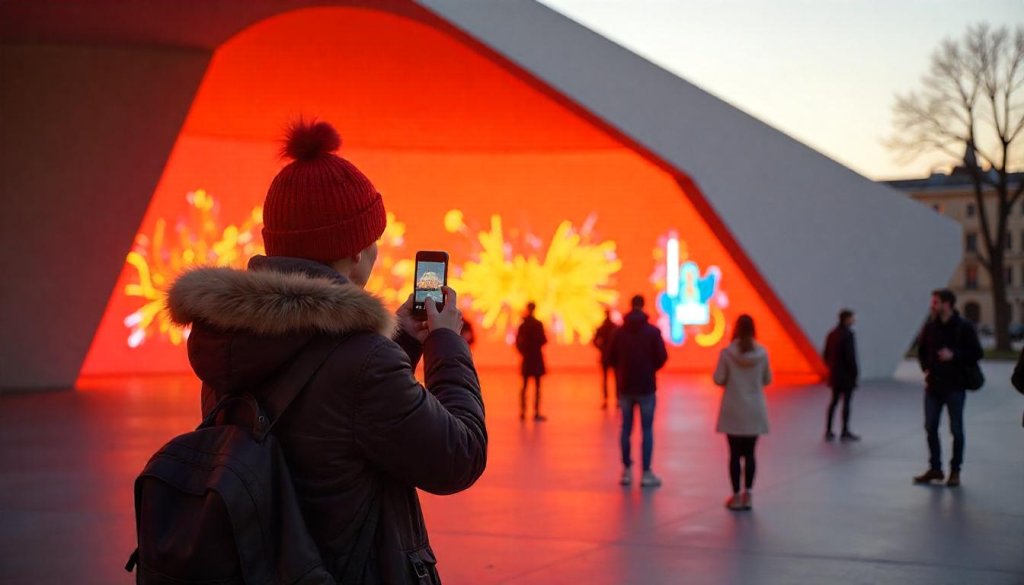 Explorar a cena de arte contemporânea de Moscovo em 2025">
Explorar a cena de arte contemporânea de Moscovo em 2025">
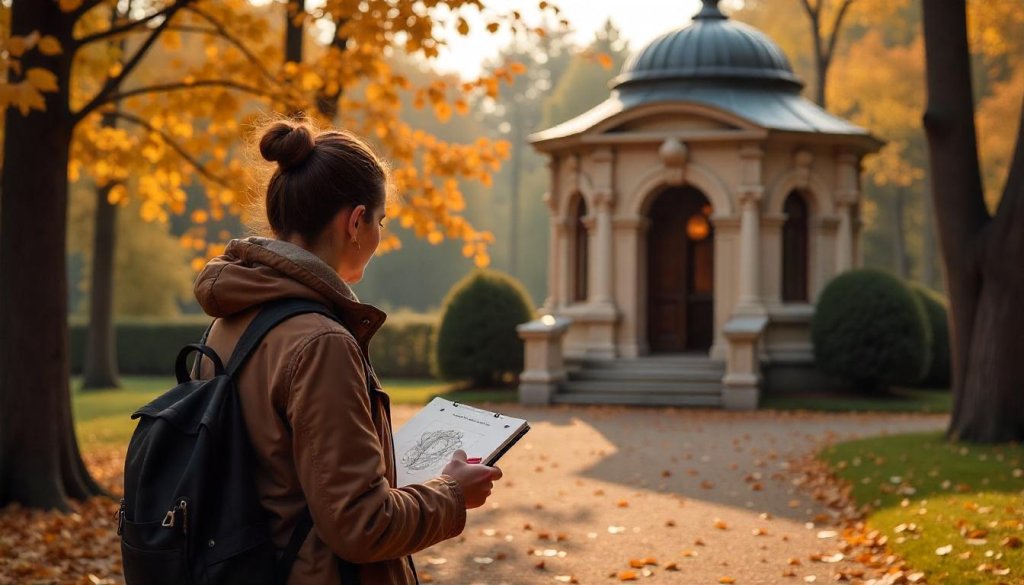 Jóias escondidas em Moscovo: Atracções menos conhecidas que valem a pena visitar">
Jóias escondidas em Moscovo: Atracções menos conhecidas que valem a pena visitar">
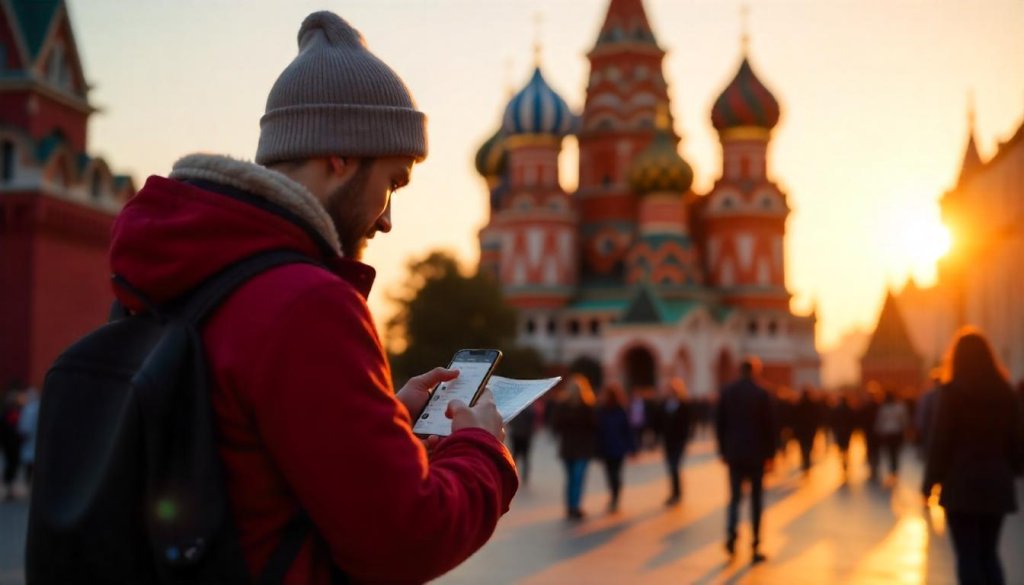 Essential Tips for First-Time Visitors to Moscow">
Essential Tips for First-Time Visitors to Moscow">
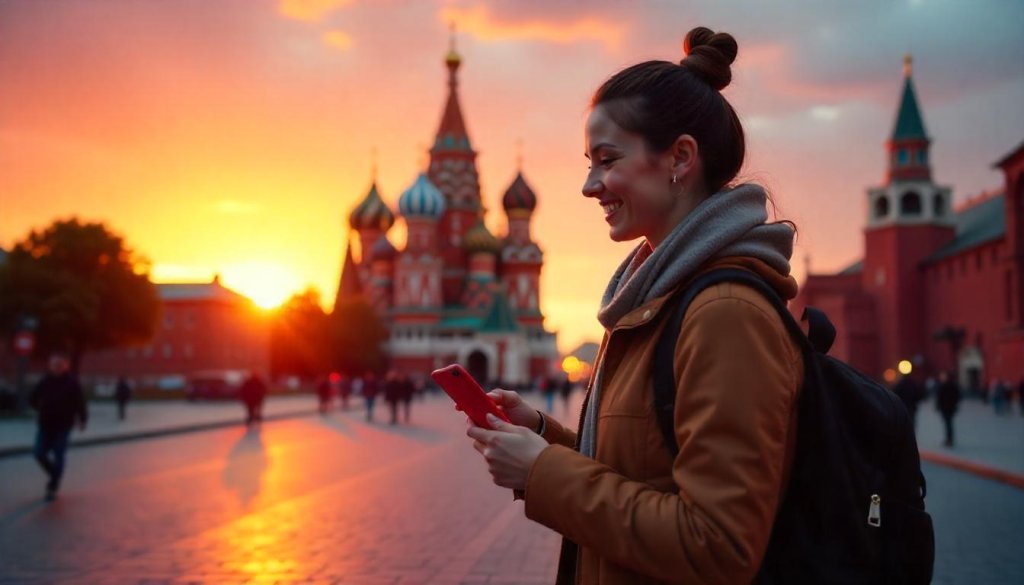 How to Combine Moscow Pass with Other Travel Deals">
How to Combine Moscow Pass with Other Travel Deals">
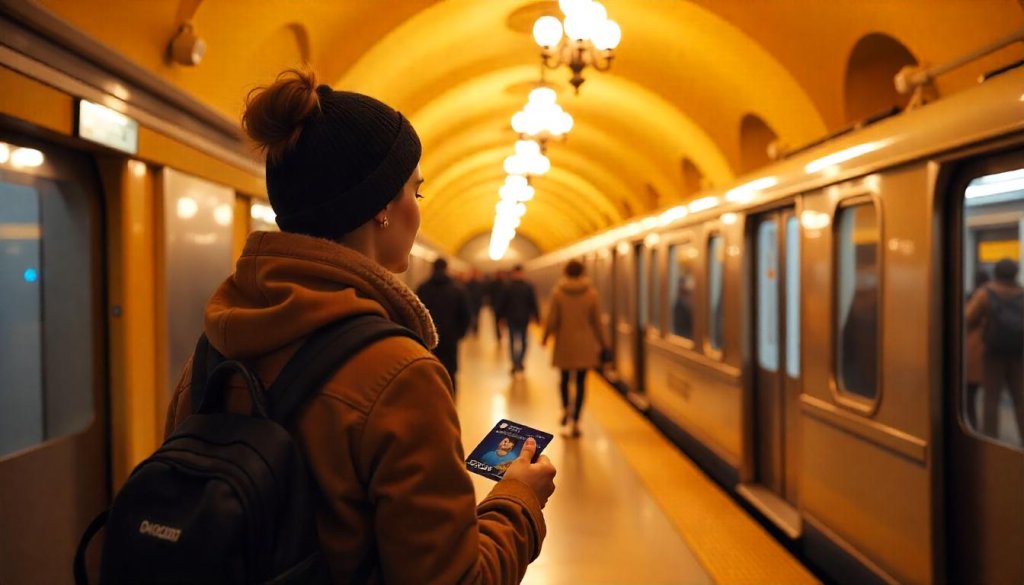 Navigating Moscow’s Public Transport with the Moscow Pass">
Navigating Moscow’s Public Transport with the Moscow Pass">
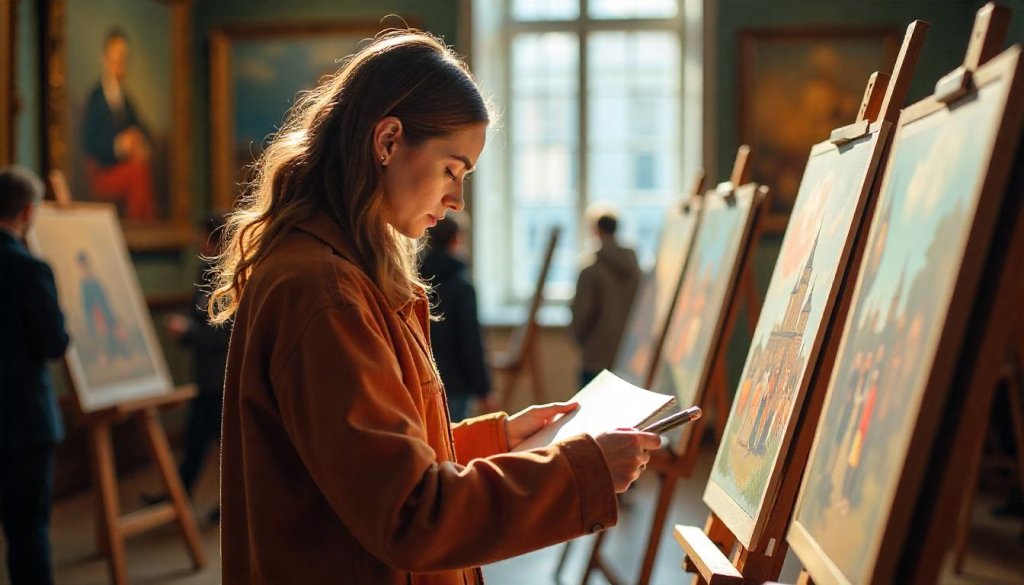 Moscow Pass for Art Lovers: Top Galleries and Exhibitions">
Moscow Pass for Art Lovers: Top Galleries and Exhibitions">
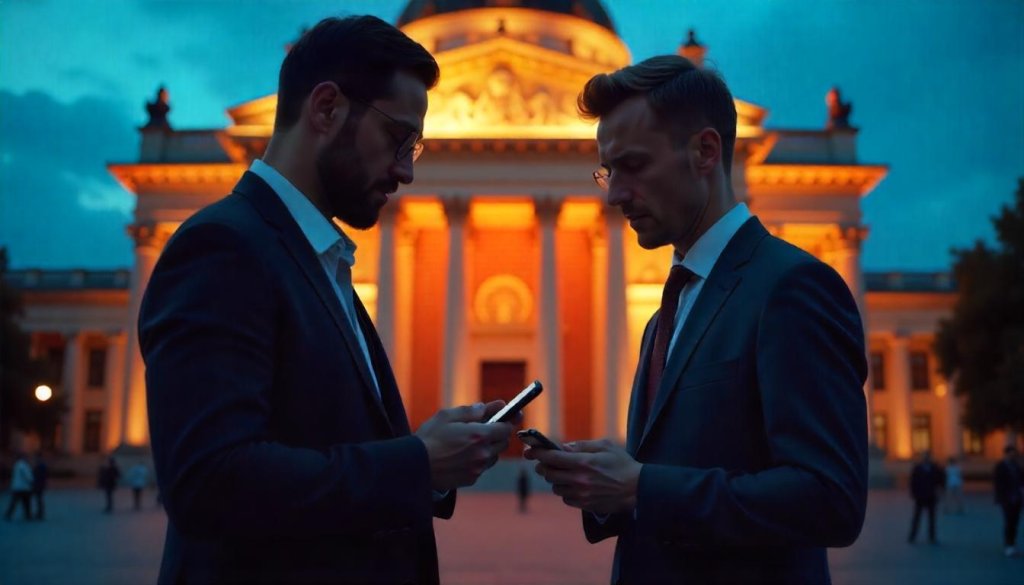 How to Use Moscow Pass for Business Travelers">
How to Use Moscow Pass for Business Travelers">
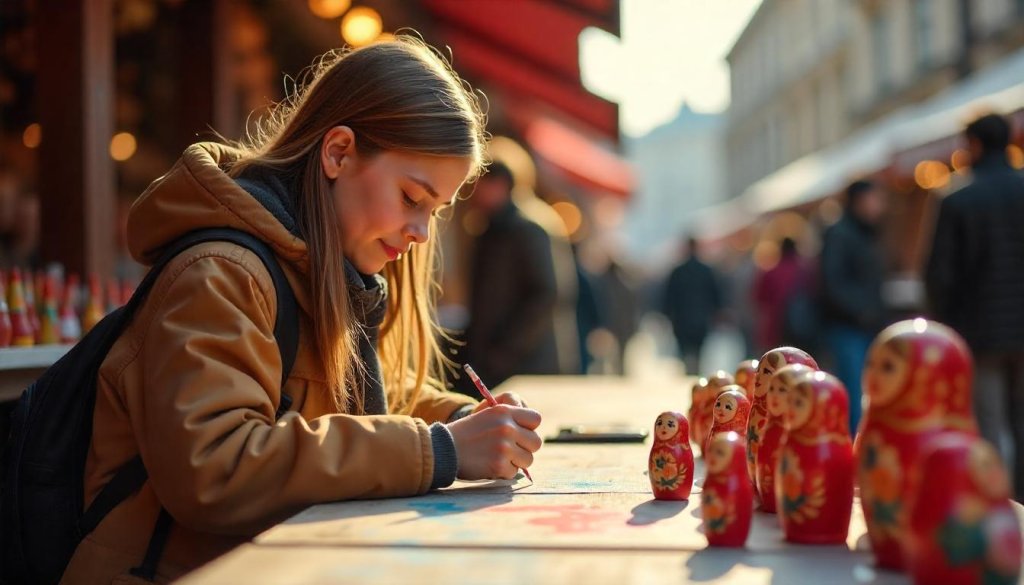 Unique Experiences: Workshops and Interactive Exhibits in Moscow with the Moscow Pass">
Unique Experiences: Workshops and Interactive Exhibits in Moscow with the Moscow Pass">
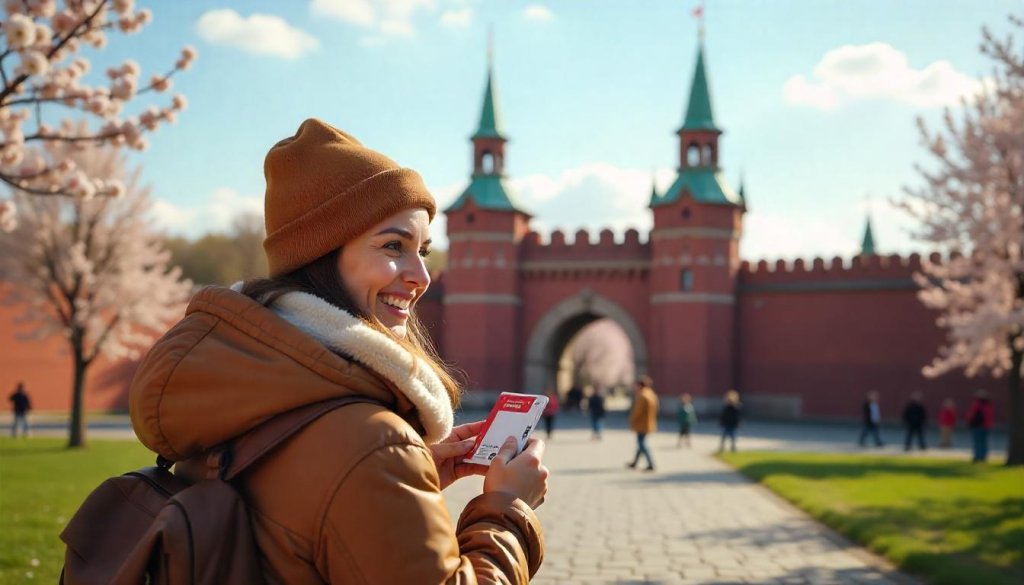 The Best Day Trips from Moscow with Moscow Pass">
The Best Day Trips from Moscow with Moscow Pass">